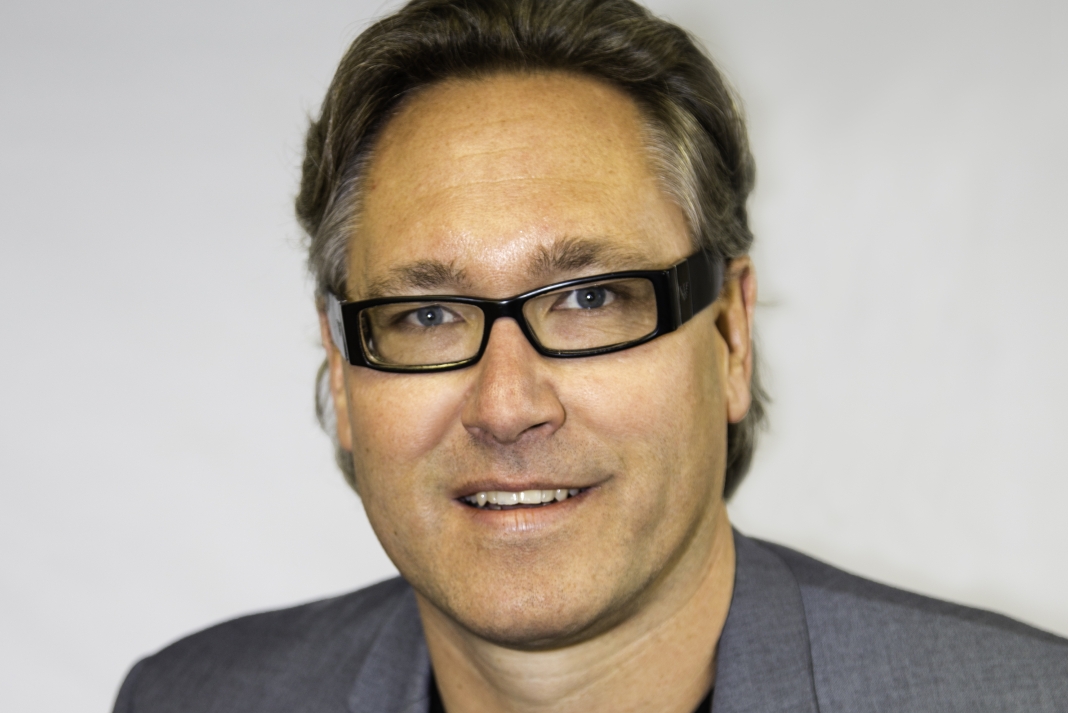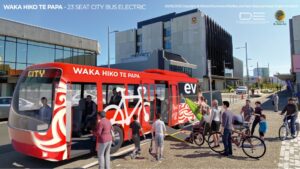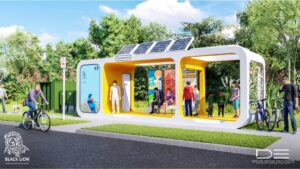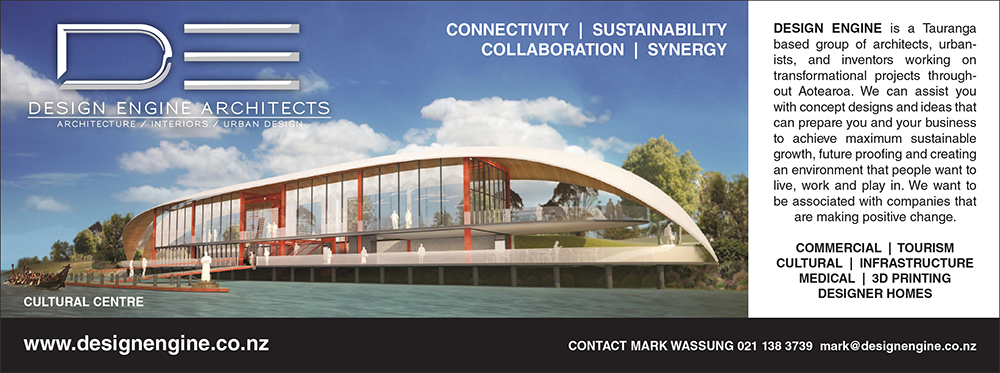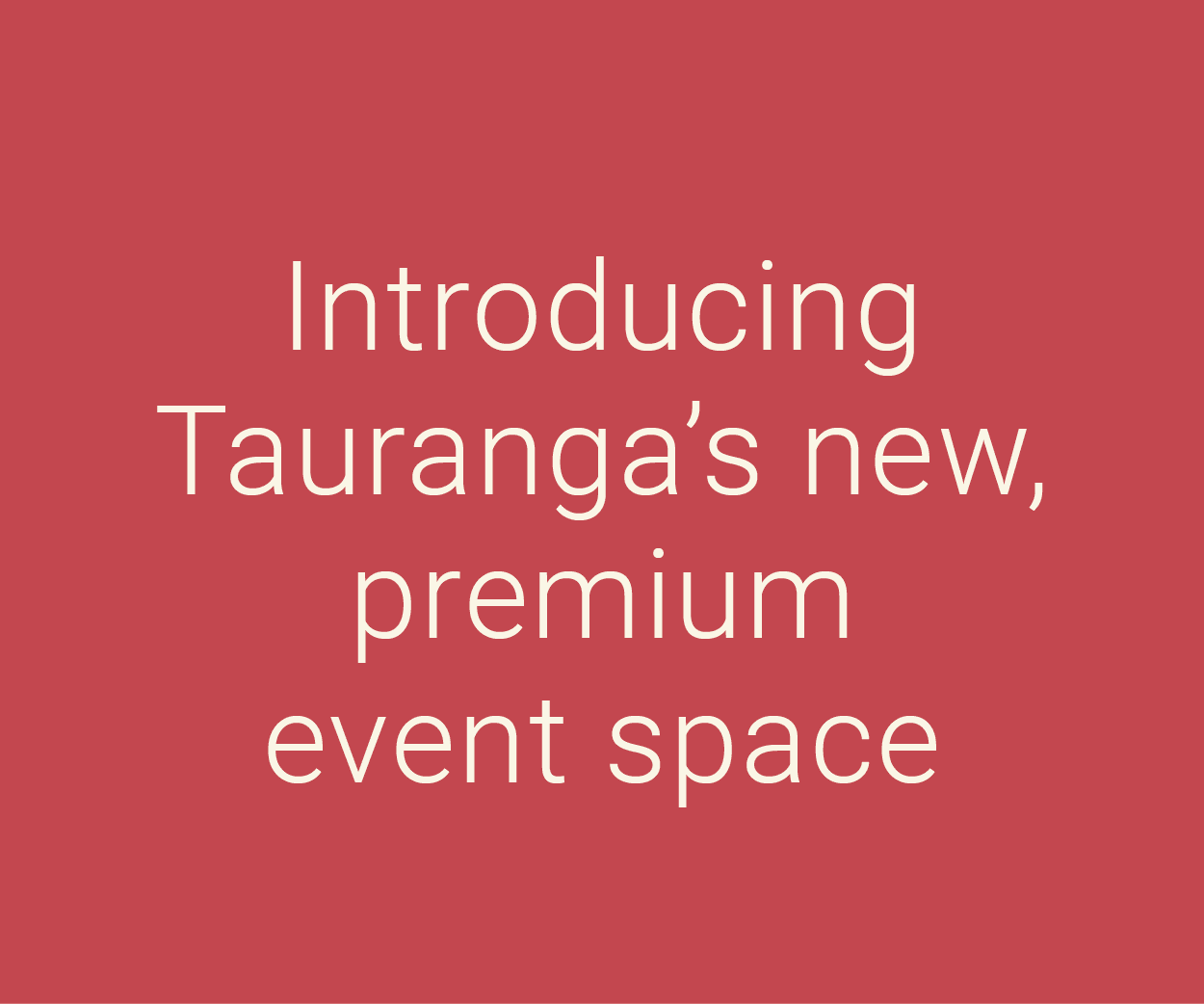Mark Wassung has always been driven by innovation: innovation in architecture, innovation in urban design, and innovation in intergenerational thinking.
“Design should have aesthetic qualities that engage people easily on an emotional level – like an art gallery does. I’m really interested in blurring the lines between architecture and art.”
There is always a delight in Mark’s designs, as though he wants to push boundaries, to provoke, to encourage people to engage and to entertain, as well as to serve the public. He insists passion and delight are essential for every design.
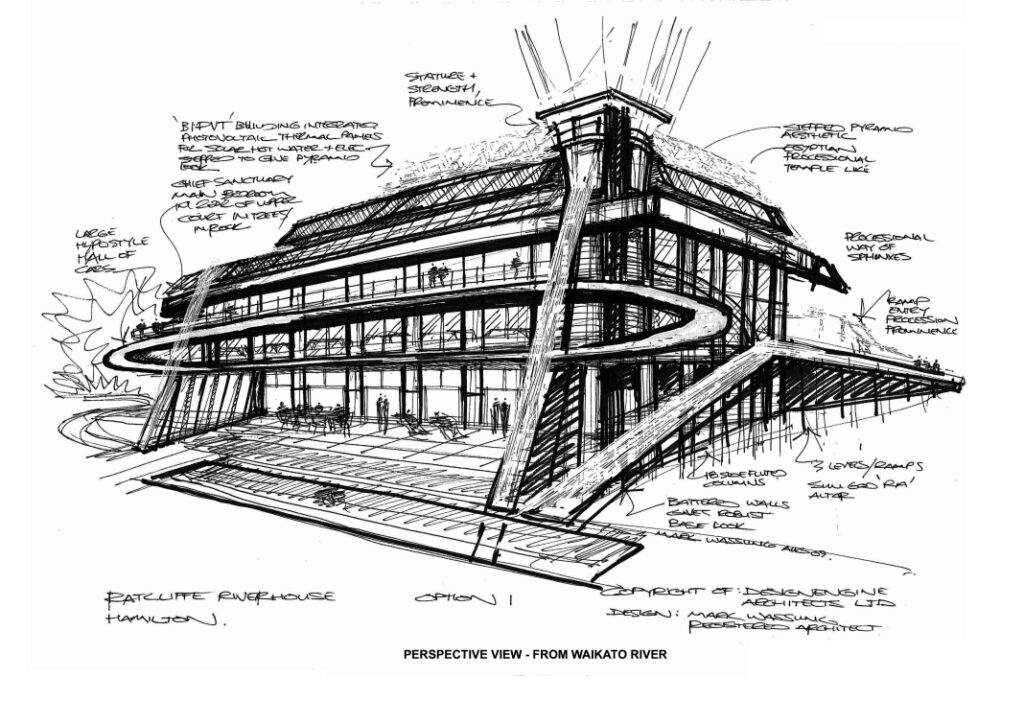
“I’m excited about blending form, function and emotion. We have to create spaces built with a care that makes people feel uplifted and more social for being in them,” he says.
Hardly surprising then that his current workload includes a design featuring grand scale chandeliers that invoke powerful emotions for people.
“That’s part of the delight”, he grins.
He is excited at the prospect of a ‘mature’ Tauranga, “where all people take public transport by choice.”
Mark believes in reclaiming public spaces with pedestrianisation. He is adamant we should be thinking of how to cherish the city as a new kind of space, as a room, as a meaningful gathering place.
He points out that architecture bookshelves are full of ingenious concepts that never got built – the hard part is often persuading the right people to buy into your vision.
Although a self-confessed blue-sky thinker, his feet are firmly on the ground. “I have vision, but I also make sure I deliver tangible results and project successes,” he insists.
Take for example the 10,000m2 Modern Transport Engineers (MTE) self-sustainable super workshop and testing station in Hamilton (pictured); Mark is the architect for long-standing client Robin Ratcliffe, CEO of MTE Hamilton. That structure will have the biggest solar array in the Waikato, rainwater harvesting from the roof to fill water tanks and trucks for lease. All rainwater on concrete surfaces is treated on site.
Some of his other current projects include the Kopurererua Valley Forest Lake Park (with 100 thousand trees), and Waka Hiko, new 23-seat electric urban commuter buses for Tauranga – all easy-access, fast, frequent, and nimble.
“Architecture today is critically important as the complexity of our modern world places pressure on our built environment,” he says. “To deal with issues such as the climate crisis, energy scarcity, population density, social inequality, housing shortages, fast-moving urbanization, diminished local identity, and a lack of diversity, architecture needs to open itself.”
The Design Engine Studio Maungatapu on the Water is a place of innovation.
The team is exploring new technologies for 3D printed structures, mass timber and prefabricated lightweight aluminium and high impact acrylic structures. They collaborate with artists, sculptors and fabricators. An illustration is this collaborative new technology focus: Design Engine’s current work on ‘smart solar’ bus shelters (pictured) with Tauranga City Council. Exciting stuff.
They have also actively embraced carbon sequestration in designs with engineered timber for efficient prefabricated mass timber construction. They are currently working with combinations of steel & concrete with XLam mass timber CLT panels to enhance sustainability, increase construction speed, improve site safety and improving triple bottom line – profit, people and planet.
There are some fundamental concepts that drive Design Engine’s design projects and encourage the exciting blue-sky thinking – Ngākau me te wairua is one of those underpinning concepts. Culture is an integral part of Design Engine’s methodology – putting your heart and soul into the work.
Demonstrating Design Engine’s bold approach is the team’s development of a live 3D model simulating traffic and alternative ‘people movement’ flows across Tauranga City.
Another huge influence in Design Engine’s evolution has been the team’s focus on ‘Multimodal’ – an innovative conceptual design approach to the challenges of Tauranga’s travel infrastructure.
Mark introduced Multimodal to the Tauranga City Council and Bay of Plenty Regional Council in 2016 (Tauranga Connect Multimodal Transport Network 2020-30 Vision for the Future and the Green Net Safe and Separate Cycleways Network).
Design Engine are also currently the architects for Papamoa and Waihi Beach houses, both of which are challenging the norms of traditional design thinking. The beach houses each incorporate unique design aspects that reflect our focus on quality and innovation.
Perhaps nothing better sums up Mark Wassung’s approach to innovative thinking better than his embracing of the possibilities offered by the new
Medium Density Residential Standards (MDRS). The new standards allow 11m height (three storeys), three houses per site, one metre side setbacks and four metre and 60 degree height allowances in relation to boundaries.
While critics continue to focus on the downsides of the new legislative changes – on what can’t be done and what problems they foresee – Mark is excited by the possibilities the new regime offers.
He sees huge opportunities for intensification in Tauranga – specifically Te Papa Peninsula, Maungatapu, Brookfield and Tauriko where his team are currently working.
For a visionary whose passions are innovation in architecture, urban design, and intergenerational thinking, this celebration of new standards as ‘an opportunity’ bodes well for the future design of our region.







